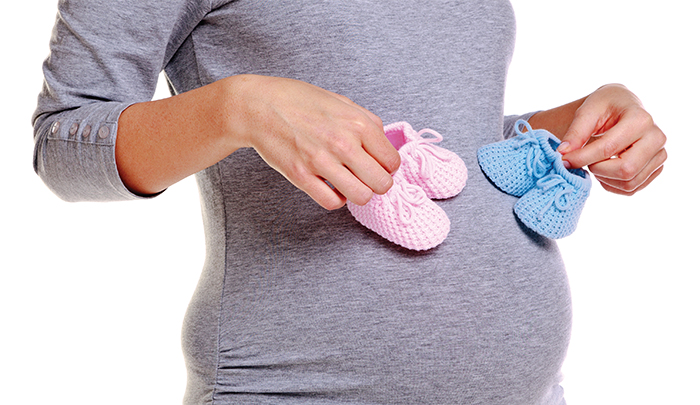Caesarean section
In Clinical
Follow this topic
Bookmark
Record learning outcomes
Scenario
Aletta Koetzee comes in to buy some newborn nappies. Technician Vicky asks how she is doing.
“I’m feeling pretty good,” answers Aletta. “But I saw the consultant yesterday and she has agreed that a caesarean is right for me after the awful time I had with Martin. It’s obviously great news, because I was so worried that they’d push me to try naturally, but what I hadn’t realised is that planned sections are done at 39 weeks and so I feel I’ve lost a couple of weeks to get everything organised.”
“You’re off work now, aren’t you?” says Vicky.
“Yes, fortunately I had so much annual leave to take that I finished four weeks ahead of my due date,” Aletta replies. “It seemed like loads of time, but I’m actually booked in for the week after next. I haven’t really had time to get my head round it all – will I be in a lot of pain afterwards? Is there anything I won’t be able to do? I need to think about how I’m going to manage with a toddler and a newborn.”

Answer
A caesarean section, whether planned or performed as an emergency, is considered major surgery so Aletta should be prepared for some pain in the aftermath. While in hospital, she is likely to be on a strong opioid analgesic plus a NSAID (assuming there is no contraindication to either), with the strong opioid replaced with co-codamol as the pain diminishes. Once home, she should stop first the NSAID as she continues to heal, then replace the co-codamol with paracetamol, before coming off painkillers altogether. Getting off co-codamol is also helpful in reducing constipation: other ways in which this can be averted or managed include drinking plenty of water and eating lots of fibre.
Aletta will need to be mindful of the surgical incision, at first wearing loose, comfortable clothes and underwear to avoid friction on the area, and then making sure she keeps the wound clean and dry. In time, the scar will fade and blend into her bikini line. Aletta will also have some vaginal bleeding – which surprises some women, who think that this won’t happen if they haven’t had a vaginal delivery – so she should make sure she has some maternity pads packed in her hospital bag.
Mobility may be limited to start with, but it is important Aletta gets on her feet as soon as possible, and then gradually increases the amount she walks as she feels fitter and stronger. While she will be able to lift and carry her baby when she is discharged from hospital, she will not be able to do the same for her toddler or even wrangle the vacuum cleaner or bags of shopping: asking friends and family to help and getting groceries delivered are just two short-term strategies that she may find sensible.
The bigger picture
Caesarean sections are far from being the preserve of the “too posh to push” brigade, with over 27 per cent of the deliveries that took place in NHS hospitals in England during 2015-16 involving this intervention. Serious complications are rare in planned first sections performed on fit and healthy women, but can include damage to the bowel, bladder or ureter, and – occasionally – the need for a hysterectomy.
Extend your learning
- Women who are having a C-section may worry about how quickly they will manage to have skin-to-skin contact with their baby and establish breastfeeding. Find out what the National Institute for Health and Care Excellence (NICE) has to say on these issues
- The text states: “It is important Aletta gets on her feet as soon as possible.” Why do you think this is? Check your answer by reading the information from Science Direct.
- Pelvic floor exercises are just as important for women who have had a C-section as those who have had a vaginal birth. Information on how to do them and the signs that medical advice is needed can be found via the National Childbirth Trust (NCT)
- Women who have had a C-section are not able to drive straightaway. But for how long? And why? Read the relevant advice from Caesarean Birth and VBAC Information.
